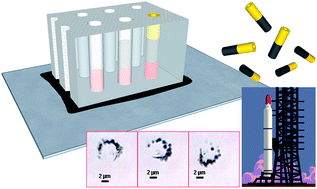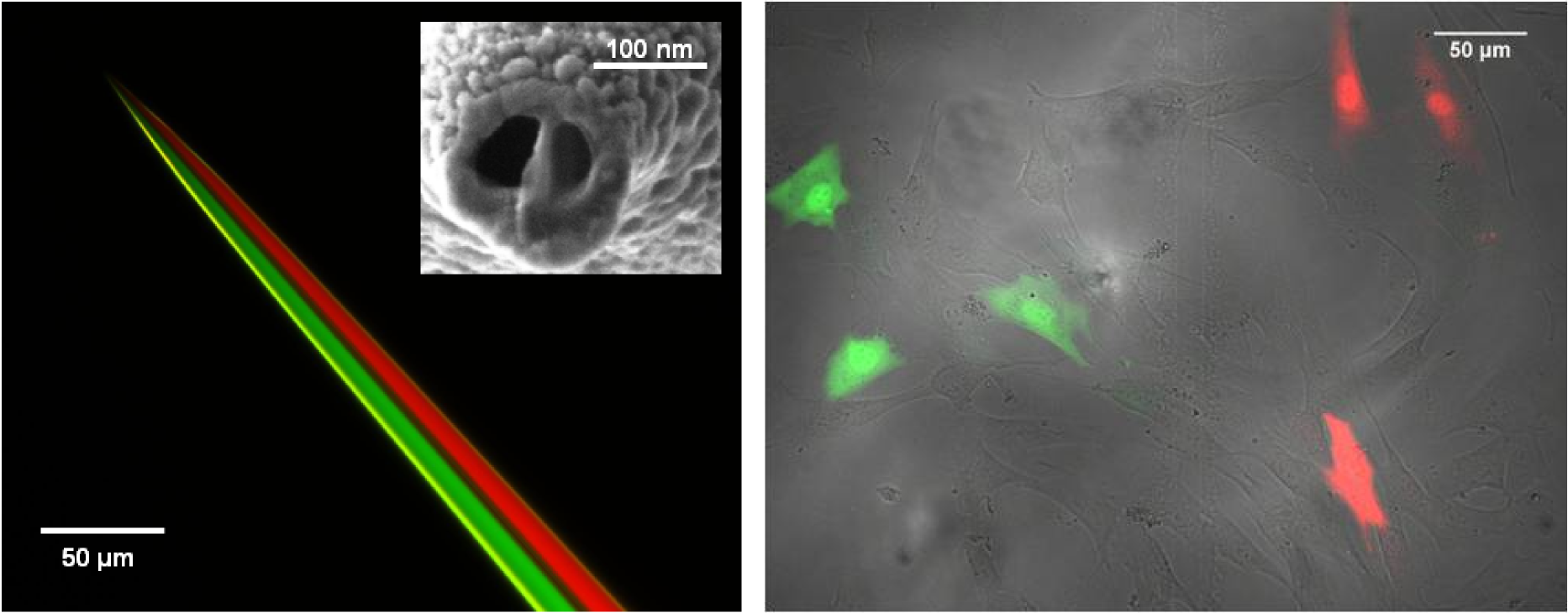Nanoscale themed issue: Functional Nanoparticles for Biomedical Applications
Guest Editor: Nguyen TK Thanh (University College London)
Co-Guest Editors: Ramanathan Nagarajan (Natick Soldier RD&E Center), Etienne Dugue (ICMCB),
Puerto Morales (ICMM), Claire Billotey (CNRS-UCBL) and Sylvie Begin (IPCMS)
We are delighted to announce a high-profile Nanoscale themed issue on “Functional Nanoparticles for Biomedical Applications”, to be published in 2013. The issue will be Guest Edited by Nguyen TK Thanh, University College London.
We invite you to submit to this exciting themed issue.
Submission Deadline: 30 April 2013
The issue aims to highlight the latest developments in the synthesis and processing of multifunctional bioactive nano-objects, as well as their biomedical applications. Topics will include:
– Design, synthesis and characterization of nanoparticles
– Biofunctionalisation of nanoparticles
– Biocompatibility
– Targeting strategies
– Drug delivery systems
– Biomedical Imaging (e.g. MRI, MPI, SPECT, PET)
– Therapeutics (e.g, hyperthermia, curie theraphy)
– Diagnostics (e.g., enzymatic assay, immunoassay, biosensing)
– Biodistribution/bioelimination
– Nanotoxicology
The deadline for submissions to this themed issue is 30 April 2013, though submissions before this date are, of course, welcomed. It is anticipated that the themed issue will be published in August 2013, accepted papers will be published online as soon as they are ready to avoid any delay.
- Submissions for the themed issue should be high quality manuscripts of original, unpublished research
- Both Communications and Full Papers can be submitted for consideration
- All submissions to the journal are subject to rigorous, fair peer review against our usual very high standards
- Submit in any reasonable format via our online submission service (please indicate your manuscript is intended for the “Biomedical” themed issue). Please make a note that the manuscript is for the themed issue in the “Comments to Editor” section or in a cover letter uploaded as a manuscript file.
Please see our Author Guidelines for more information. We hope you will be able to submit to this themed issue.












 US and Chinese chemists say that they’ve
US and Chinese chemists say that they’ve 